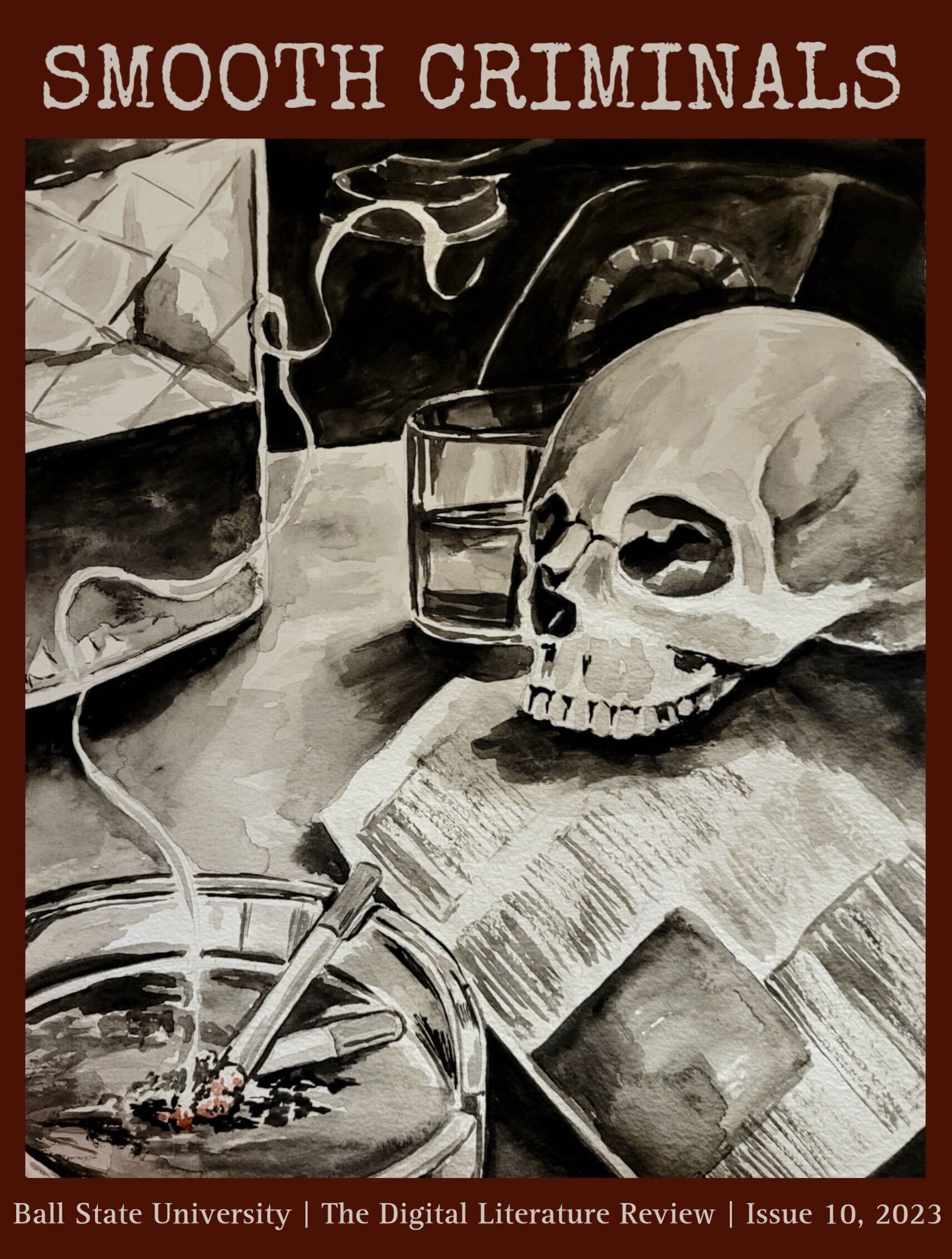How Young Adult Crime Fiction Influences and Reflects Modern Adolescents
An Examination of Karen M. McManus’s One of Us Is Lying and One of Us Is Next
DOI:
https://doi.org/10.33043/DLR.10.1.108-119Abstract
When we read crime fiction, we oftentimes expect a cast dominated by adult characters. This is likely a result of decades’ worth of popular crime fiction narratives almost exclusively containing adult characters. The earliest literature in the mystery and crime genre that was targeted towards younger audiences contained teenage detectives and adult criminals because it allowed the younger audiences to read about powerful teenagers overthrowing adult authority while still only engaging in acceptable moral activities in an attempt to decrease or discourage juvenile delinquency. A newer trend among young adult crime fiction novels is the adolescent playing the part of the criminal in addition to the detective. Applying social cognitive theory explored in the study conducted by Black and Barnes to the roles of adolescents in Karen M. McManus’s young adult mystery novel One of Us Is Lying and its sequel One of Us Is Next, this paper will analyze the novels’ adolescent characters to show how adolescent characters in young adult crime fiction reflect their young audiences’ desires to subvert adult hierarchies while still displaying acceptable morals and how they possibly influence their sense of morality.
Downloads
Downloads
Published
How to Cite
Issue
Section
License
Copyright (c) 2023 Digital Literature Review

This work is licensed under a Creative Commons Attribution-NonCommercial-NoDerivatives 4.0 International License.



